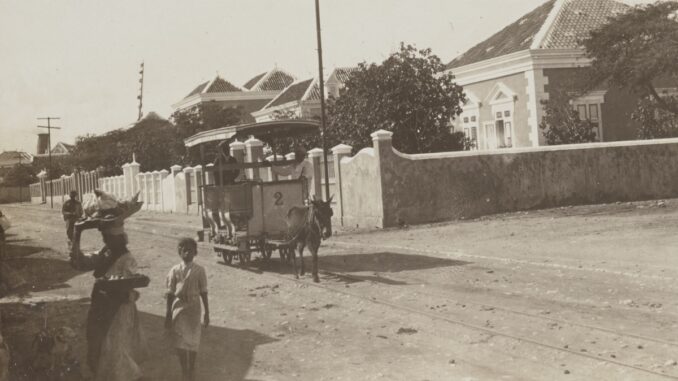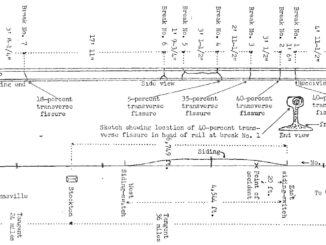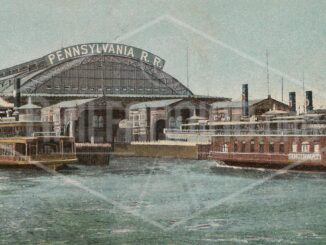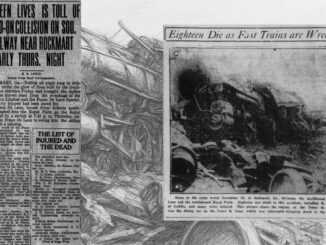
Curaçao is not a railroad hotspot today, but the island does have a railroad history. Over the years, local mine trains and streetcars operated on the island.
The island’s first railroad likely opened in 1874 on Curaçao’s southeastern coast to transport phosphate from local mines. A tramway transported materials from Table Mountain (Tafelberg) to Fuik Bay.
The operation lasted for more than a decade and shuttered circa 1887. It apparently re-opened in 1910 and operated until about the mid-1970s.
The island’s passenger streetcar system dates to April 1884, when Abraham Salas received a concession to build a tramway. The Curaçao Streetcar (or Tramway) Company was likely founded in February 1886 and apparently was capitalized with 23,750 florins (the local currency).
On April 20, 1887, a mule-drawn tramway opened in Punda in the capital city of Willemstad, running from the intersection of Breedestraat and Herenstraat through Pietermaai and Julianaplein to Scharloo. The 2-kilometer, U-shaped line running around the Waaigat harbor was single-tracked and included a passing track in Julianaplein.
Casper Perret Gentil later took over the tramway.
On June 1, 1896, a second tram line, the Curaçao Horse Railway Company (Curaçaosche Paarden Spoorweg Maatschappij), opened on Breedestraat in Otrabanda, across Sint Annabaai from Punda. However, the line was short-lived, and by December, after just a few months, the Otrabanda tram ceased operations.
There was a significant change in 1910 when the first vehicles appeared on the island.
The following year, the local government ordered the Punda tram to stop running, saying it wasn’t meeting its obligations.
In the fall of 1911, the Curaçao Motor Tramway Company (Curaçaoschen Tramwegdiens) began operations on a newly rebuilt mile-and-a-half line in Punda, which more or less followed the former horse line.
The new system relied on two cars built by British-based Sidney Straker and Squire that could each carry 30 passengers.
The cars were powered by a six-cylinder 40- or 60-horsepower gasoline engine mounted to the front of each car. The motorman could control the cars from either end of the car.
The line had 1-meter gauge tracks, its 60-pound rails imported from Germany. Interestingly, each car only ran about half the distance, and passengers transferred at the midpoint.
In 1920, the Curaçao Motor Tramway ended operations.
Editor’s note: There is a lot of conflicting information about streetcar lines in Curaçao. The article pulls together the most reliable information possible.
This article was published in the October 2022 edition of The Cross-Tie.




